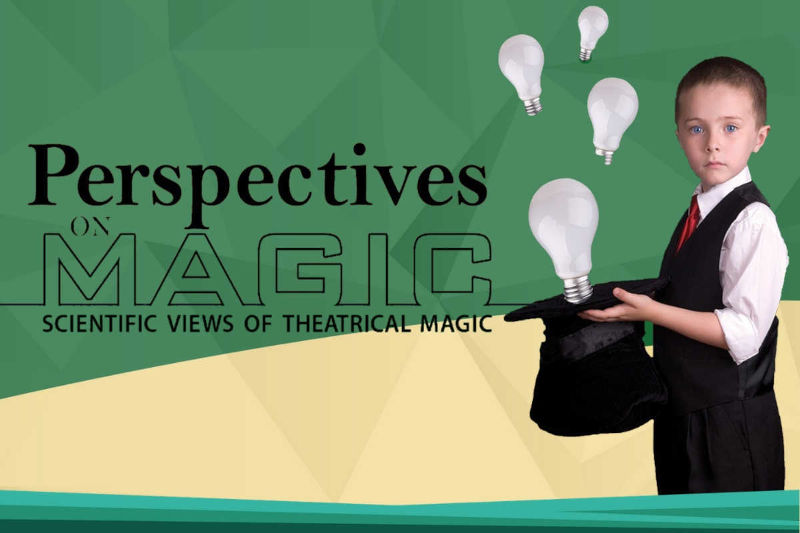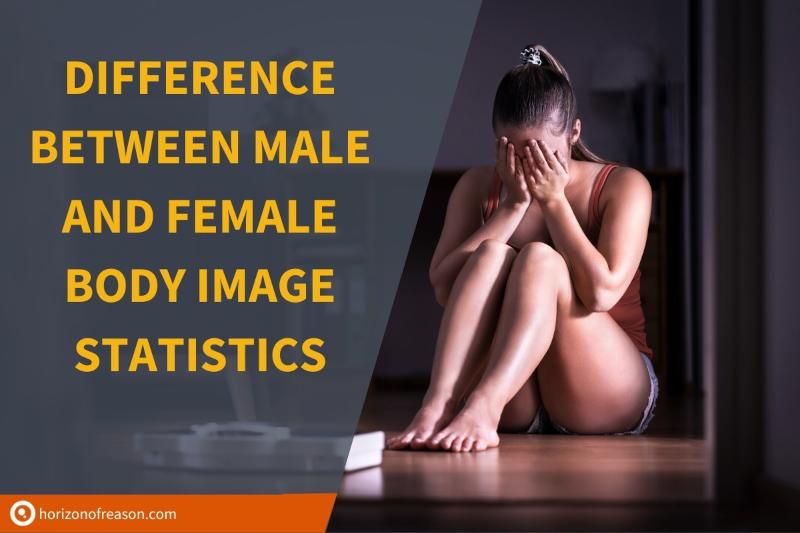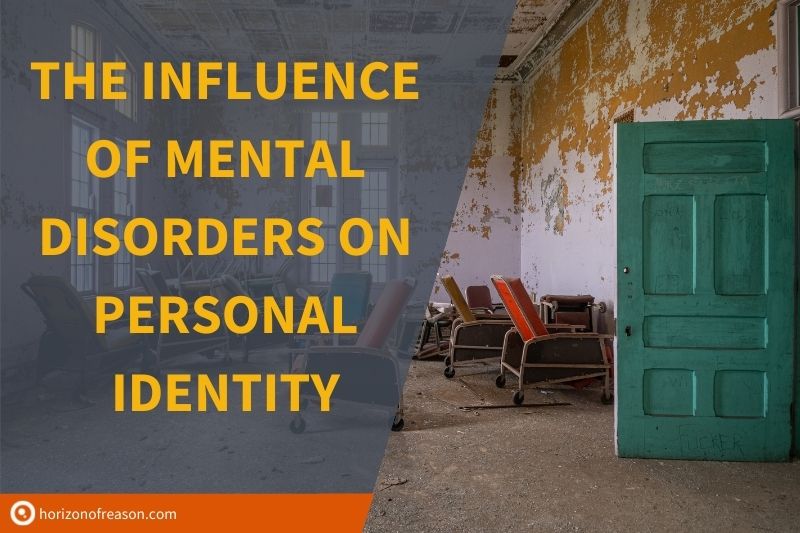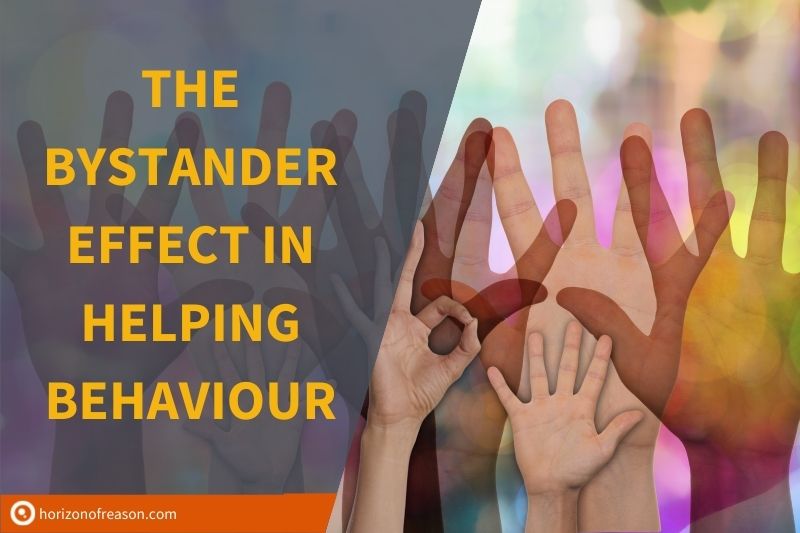
The Bystander Effect in Helping Behaviour: An Experiment

Peter Prevos |
1960 words | 10 minutes
Share this content
In 1964, Kitty Genovese was murdered outside her home in New York, while 38 witnesses did nothing to save her. This incident sparked a public outcry and was the catalyst for a considerable amount of research into what motivates people to help others in obvious need or what prevents them from helping.1 The common-sense explanation for this seeming lack of compassion are vague concepts such as ‘‘alienation’’ and ‘‘apathy’’. These explanations stem from the idea that our moral actions are determined by character traits. This explanation of morality has, however, been contradicted by results from contemporary research in social psychology.2
Most research on helping behaviour has used experimental methodologies to study situations in which someone has a sudden need for help. Factors such as clarity, the urgency of the need and skin colour, gender, age or handicap of the ‘‘victim’’, how many potential helpers are present and the relationship between victim and subject have been manipulated.3
Researchers comparing helping behaviour in rural and urban areas consistently find that helping strangers is more likely in less densely populated areas. North, Tarrant & Hargreaves found that participants are more likely to help when they are in a positive mood and stimulated by music.4 Wegner & Crano found that that contrasting skin colour of the victim and helper can also be a determinant for helping behaviour.5
Several studies have demonstrated that the presence of other observers reduces the likelihood that any one person will display a helping response.6 Contrary to common sense, there does not seem to be safety in numbers as the victim appears to have a greater likelihood of receiving help when there is a single witness rather than a group. Two possible psychological explanations proposed to explain the bystander effect are diffusion of responsibility among bystanders and a social norms explanation.
Diffusion of Responsibility
Latané & Darley developed a model that bystanders follow to decide if they will provide help or not. According to this model, a bystander goes through a five-step decision tree before assistance is provided. Helping responses can, however, be inhibited at any stage of the process, and no support is provided:
- The bystander needs to notice that an event is taking place, but may fail to do so and not provide help.
- The bystander needs to identify the event as some form of emergency. The situation may be ambiguous, preventing from help being given.
- The bystander needs to take responsibility for helping but might avoid taking responsibility by assuming that somebody else will (diffusion of responsibility).
- The bystander needs to decide on the appropriate helping response, but may not believe themselves to be competent to do so.
- The bystander needs to implement that response, but this may be against their interest to do so, especially in dangerous situations.
In the diffusion of responsibility in stage three, each bystander notices the event and recognises that help is required, but fails to act because they assume that somebody else will take responsibility. This can be viewed as a means of reducing the psychological cost of not helping. The cost (e.g. embarrassment and guilt) are shared among the group, reducing the likelihood of intervention.
Social Norms and Helping Behaviour
Bryan & Test have shown that the bystander effect does not seem to appear if a helping response is first modelled by another observer, which seems to contradict the diffusion of responsibility concept.7 They suggest that this behaviour can be explained by the process of conformity to social norms. The social norms explanation holds that people use actions from others as cues to decide what an appropriate response to specific situations should be, as demonstrated by Asch’sAsch’s conformity experiments.8 Cialdini, Reno & Kallgren conducted five experiments to determine how social norms influence littering in public places and concluded that norms have a considerable impact on behaviour.9
The methodology employed by Bryan & Test is, however, not fully comparable with the traditional helping model as described by Latané & Nida. The study by Bryan & Test involved two separate events—the driver first sees a driver in need being helped by somebody and a while later sees another driver in need that is not being helped. Separating these two moments eliminates the possibility of diffusion of responsibility as there are no bystanders in the second situation and the subject is alone in his or her car.
The objective of this study is to test whether the diffusion of responsibility or the social norms explanation applies to helping behaviour in a non-emergency situation. If the diffusion of responsibility explanation is correct, then the number of people providing help will be less when non-helping bystanders are present than when no bystanders are present. The social norms explanation predicts that helping behaviour is increased when a bystander offers help as compared to when no bystanders are present.
Method
Participants
The study consisted of a task where a naive subject had an opportunity to help the experimenter in a non-emergency situation. All subjects were selected randomly when the circumstances were suitable for undertaking the experiment. A confederate was used to act as a helping or non-helping bystander in the investigation. The experiment consisted of 135 trials in total. The data was obtained from 75 trials on four Monash University campuses, and 47 responses were obtained by distance education students working in the general community. The data was appended with thirteen observations by the author obtained in a municipal park in central Victoria.
Materials & Procedure
The experimenter looked for a person standing alone in a public place, with no other person present within ten metres. The subject was not participating in any specific activity to ensure they would notice the event. The experimenter then ‘‘accidentally’’ dropped a pile of loose pages from a manilla folder close to the subject. The subject was defined as helping if he or she picked up one or more pages within thirty seconds from the drop. In cases where a third person started helping, or the subject was not able to help, the trial was not included in the results.
In the control condition, only the subject and the experimenter were present. In the test conditions, a confederate was standing nearby, and the papers were dropped equidistant between the subject and the confederate. In one condition, the associate did not help, while in the other condition, the confederate started to pick up the papers, providing a model for the appropriate behaviour. The helping behaviour of the confederate bystander was the independent variable and the percentage of subjects helping to pick up the papers the dependent variable.
The raw data shows an increase in helping behaviour in those scenarios where a confederate is present, as summarised in figure 1. In the control situation, 41% (n=44) of the subjects provided help. With a non-helping bystander present, the helping behaviour of subjects increased to 46% (n=48), and for a helping bystander, the percentage of helping subjects was increased to 56% (n=43).
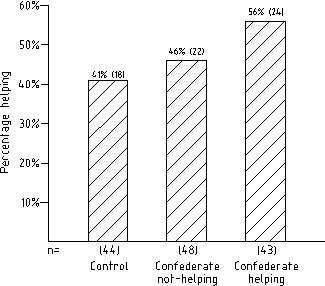
A $\chi^2$ test for goodness of fit at a 5% confidence level was undertaken to compare the results with the control situation. The presence of a non-helping confederate resulted in an increase of helping compared to the control situation (41% v.s. 46%), albeit not significant: χ2(1,n=48)=0.48, p>0.05. The presence of a helping confederate resulted in a significant increase over the control situation (41% v.s. 56%), $\chi^2 (1, n=43)=3.95, p<0.05)$.
Discussion
The results show an increase in helping behaviour when a bystander is present, failing to support the diffusion explanation, which predicts a decrease in helping behaviour. The results do, however, not provide a firm ground to reject the diffusion explanation, as the increase is not statistically significant. The social norms explanation predicts that helping behaviour is increased when a bystander offers help as compared to when no bystanders are present. The results support the social norms explanation as there is a statistically significant increase in helping behaviour when first modelled by another bystander.
Although Latané & Nida have shown that the bystander effect has been replicated in many studies in many different circumstances, it has not occurred in 100% of the cases. It is unlikely that all these studies suffer from the same internal validity problems as this study. There could thus also be theoretical reasons for the abnormal results. Both the diffusion of responsibility explanation and the social norms explanation can be true simultaneously as the diffusion of responsibility is extinguished by a bystander who models the appropriate behaviour. Further research is required to untangle the relationship between the diffusion of responsibility mechanism and social norms as determinants for helping behaviour.
Methodology
The study suffers from some methodological problems, weakening its internal validity. Subject variables, such as gender and age, were not controlled, nor where they noted in the results. The data can thus not be tested for any significant effects of subject variables. There is also some doubt whether the methodology has been consistent because the experiment consists of groups of trials by different experimenters. There are also situational nuisance variables, such as weather conditions, location and time of day the investigation was held, which were not controlled because of the fragmented execution of the experiment. On a windy day, for example, the need to help to pick up the papers is much more apparent to any bystander. Situational variables can also influence mood, which in turn can influence helping behaviour. The increase in helping behaviour in the non-helping bystander condition has most likely been confounded by any of these uncontrolled variables.
Practical Application
Latané & Nida are pessimistic about the possibility of generating practical outcomes of the helping behaviour experiments. The significance of these experiments is of a more philosophical than practical nature. A critical aspect of the helping behaviour research is that it shows that our moral behaviour is not governed by moral virtues or character traits but by much more mundane social mechanisms. When things go wrong, it is usually the bystander who is being blamed for failing to act morally. We attribute these failures, like in the Genovese case, to expressions of bad character traits. Experiments in helping behaviour are valuable in that they can provide a greater understanding of why people fail to do what is morally expected and thus lead to greater tolerance and understanding of others.
Notes
Brehm, S. S., & Kassin, S. M. (1996). Social psychology (3rd ed.). Boston: Houghton Mifflin.
Harman, G. (1999). Moral philosophy meets social psychology: Virtue ethics and the fundamental attribution error. In Proceedings of the Aristotelian Society/ (Vol. CXIX, pp. 316–331).
Piliavin, J. A. (2001). Sociology of altruism and prosocial behavior. In N. J. Smelser & P. B. Baltes (Eds.), International encyclopedia of the social and behavioral sciences (pp. 411–415). Elsevier.
North, A. C., Tarrant, M., & Hargreaves, D. J. (2004). The effects of music on helping behavior: A field study. Environment and Behavior, 36(2), 266–275.
Wegner, D. M., & Crano, W. D.(1975). Racial factors in helping behavior: An unobtrusive field experiment. Journal of Personality and Social Psychology, 32(5), 901–905.
Latané, B., & Nida, S. (1981). Ten years of research on group size and helping. Psychological Bulletin, 89, 308–324.
Bryan, J. H., & Test, M. A. (1967). Models and helping: Naturalistic studies in aiding behavior. Journal of Personality and Social Psychology, 6, 400–407.
Asch, S.(1995). Opinions and social pressure. In E. Aronson (Ed.), Readings about the social animal (7 ed., pp. 17–26). New York: Freeman.
Cialdini, R. B., Reno, R. R., & Kallgren, C. A. (1990). A focus theory of normative conduct: Recycling the concept of norms to reduce littering in public places. Journal of Personality and Social Psychology, 58(6), 1015–1026.
Share this content
